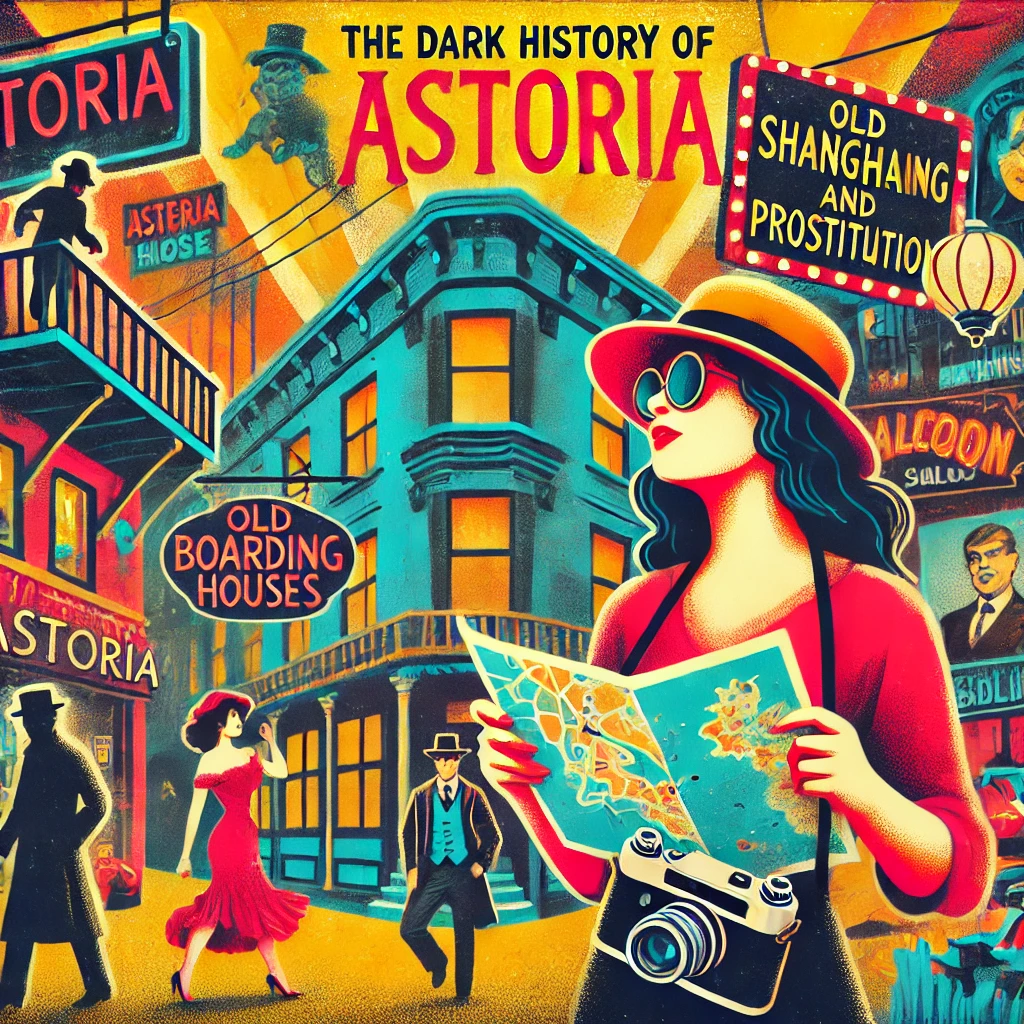Embarking on a road trip through the Southwest Interconnected System is a fascinating journey through engineering marvels and scenic landscapes. As former control systems engineers, we were excited to explore both the technical and natural wonders that define this region. Let’s delve into our unforgettable adventure.
The Southwest Interconnected System: An Overview
The Southwest Interconnected System (SWIS) is a part of the Western Interconnection, a wide-ranging network of electric power sources and transmission lines that spans the western part of North America. It serves several states including Arizona, New Mexico, Colorado, and Utah, boasting a peak load of approximately 40,000 MW. [NERC]
Key Stops Along the Way
-
Palo Verde Nuclear Generating Station, Arizona
Palo Verde is the largest power plant in the United States by net generation capacity. Located about 45 miles west of Phoenix, it has a total generating capacity of 3,937 MW. It supplies electricity to millions of homes in the Southwest. [APS]
Location: Google Maps
-
Four Corners Power Plant, New Mexico
Located near the Four Corners Monument, this coal-fired power station is a critical component of SWIS, producing over 1,500 MW of power. It’s a testament to the diverse energy production technologies supporting the grid. [SRP]
Location: Google Maps
-
Hoover Dam, Nevada/Arizona
Constructed in the 1930s, the Hoover Dam remains an engineering marvel. It has a power capacity of around 2,080 MW, significantly contributing to the region’s electricity needs. Our visit to the dam was both educational and awe-inspiring. [USBR]
Location: Google Maps
A Day in the Life of Control Systems
The SWIS manages a complex matrix of power dispatch and load balancing that employs a mix of fossil fuels, nuclear, and renewable energy sources. As former control systems engineers, we knew about the intricate algorithms and real-time data analyses orchestrating this ballet. It’s the unseen hand ensuring the lights come on whenever we flick a switch.
- Advanced SCADA systems monitor and control grid operations 24/7.
- Renewable energy sources such as solar and wind are becoming increasingly prominent, accounting for about 20% of the total production in the region. [EIA]
- The integration of energy storage systems is pivotal in managing peak loads and maintaining stability.
The facts and figures we’ve seen in the field breathed life into the statistics we often worked with behind computer screens.
Traveling through this interconnected system not only reinforced our appreciation for the network’s reliability but also offered a renewed understanding of the challenges and innovations on the horizon. From towering smokestacks to silent solar panels, the Southwest Interconnected System is more than a power grid; it’s a testament to human ingenuity and sustainable progress.



